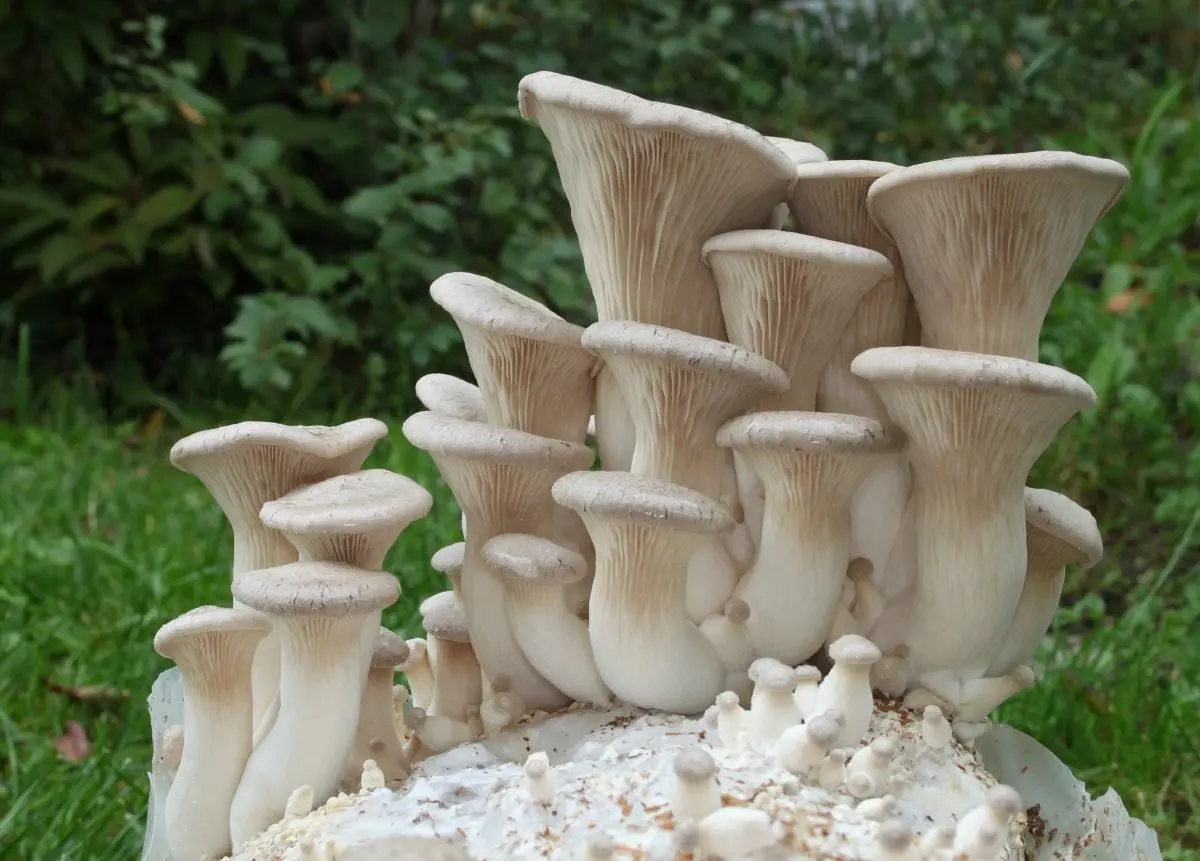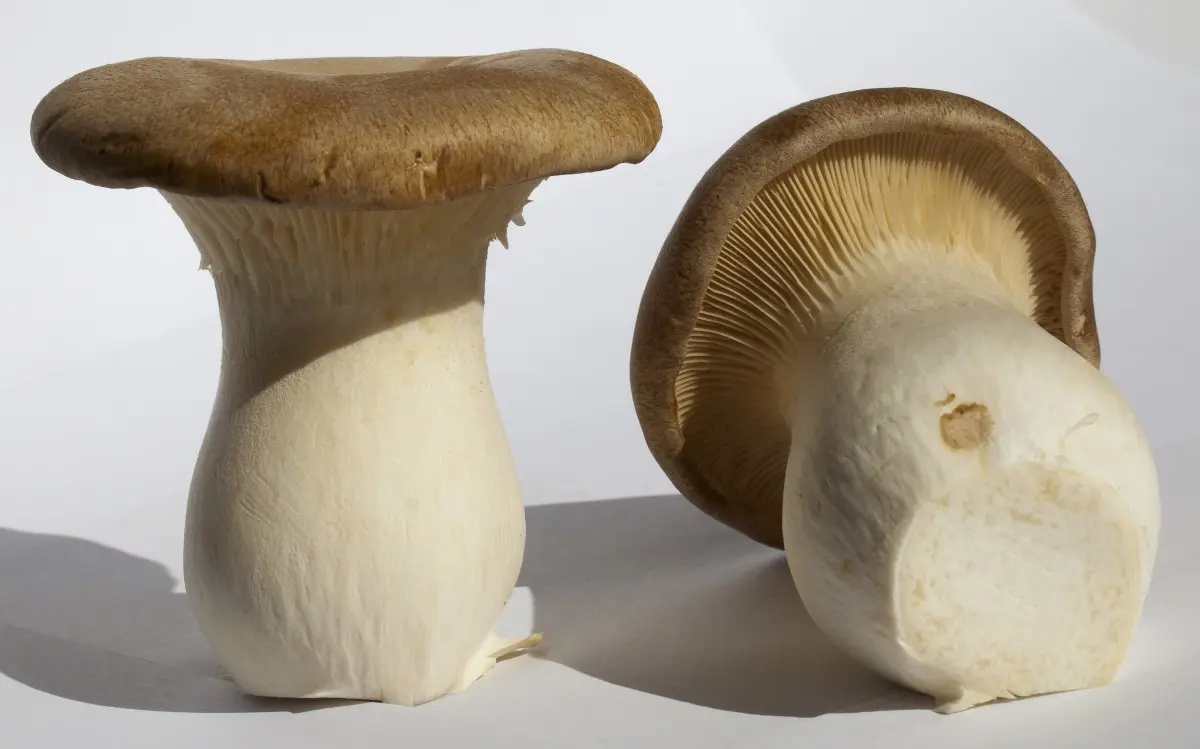Steppe oyster mushroom (Pleurotus eryngii)
- Division: Basidiomycota (Basidiomycetes)
- Subdivision: Agaricomycotina (Agaricomycetes)
- Class: Agaricomycetes (Agaricomycetes)
- Subclass: Agaricomycetidae (Agaricomycetes)
- Order: Agaricales (Agaric or Lamellar)
- Family: Pleurotaceae (Voshenkovye)
- Genus: Pleurotus (Oyster mushroom)
- Type: Pleurotus eryngii (Royal oyster mushroom (Eringi, Steppe oyster mushroom))

Unlike other species of the genus Pleurotus that develop on wood, the steppe oyster mushroom forms colonies on the roots and stems of umbrella plants.
Spread:
White steppe mushroom is found only in spring. In the south, it appears in March – April, May. It grows in deserts and pastures, in places where there are umbrella plants.
Description:
The white or light yellow cap of a young mushroom is slightly convex, later becomes funnel-shaped and reaches a diameter of 25 centimeters. The pulp is dense, fleshy, sweet, the same color as the cap. The lamellar layer descends slightly onto a dense stem, which is sometimes located in the center of the cap, sometimes on the side.
Edibility:
valuable edible mushroom, good quality. The protein content reaches 15 to 25 percent. In terms of the content of valuable substances, oyster mushroom is close to meat and dairy products and surpasses all vegetable crops (except legumes). Protein is well absorbed by the human body and increases up to 70 percent during heat treatment. The presence of polyunsaturated fatty acids prevents the development of atherosclerosis and reduces the level of cholesterol in the blood. Polysaccharides isolated from oyster mushroom have antitumor and immunomodulatory effects. Contains the whole complex of B vitamins and ascorbic acid. There are also a number of other elements necessary for the human body.

Note:









